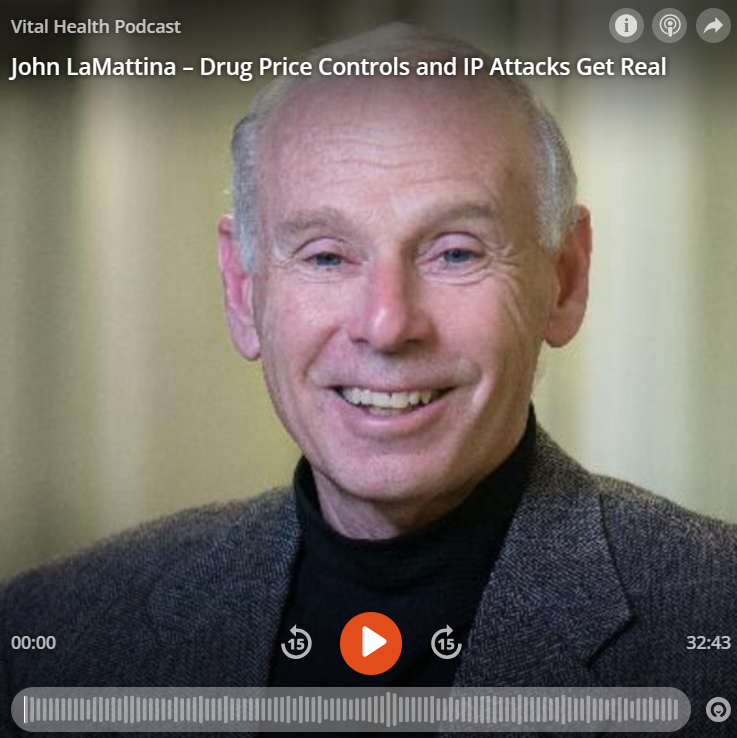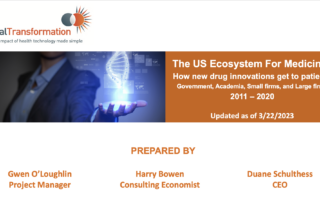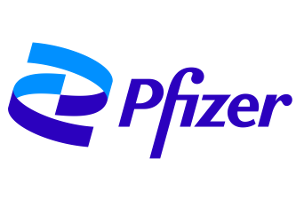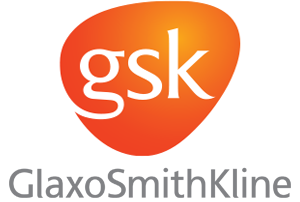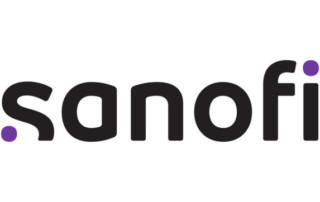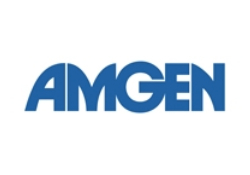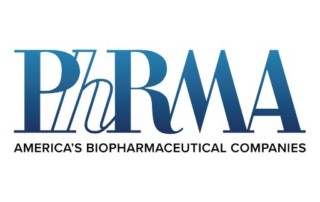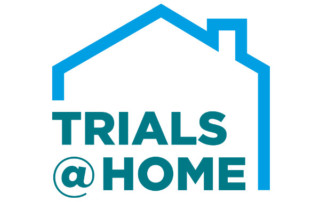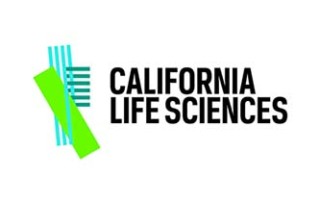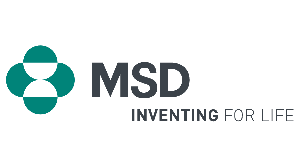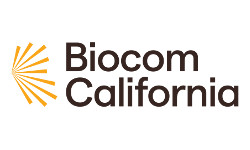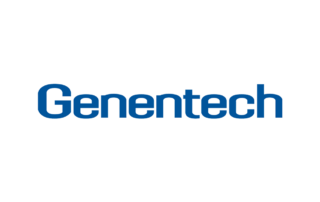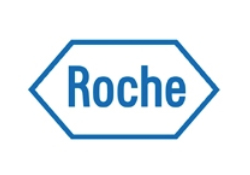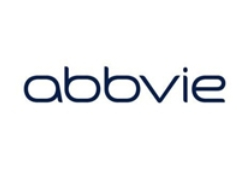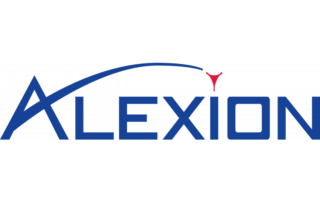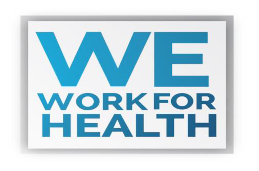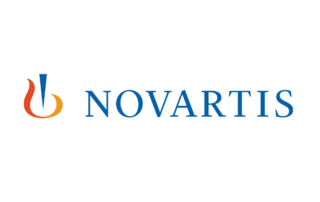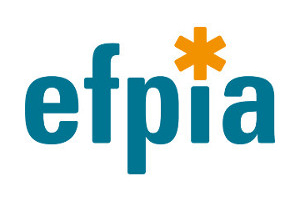Vital Transformation is a small, unique consultancy focused on addressing the challenges of today’s modern healthcare system. We partner with your organisation to help you find answers to hard to solve problems.
Contact us to learn how Vital Transformation can help your organisation.
LATEST RESEARCH
LATEST COMMUNICATIONS

Our Communication Services
John LaMattina was President of Pfizer Global Research and Development and ran an international team of over 13,000 scientists and professionals. He has authored several books, including the highly acclaimed Pharma and Profits – Balancing Innovation, Medicine, and Drug Prices. He is also a senior partner at PureTech Health and a contributor to Forbes.
Last year, when John was a guest on the Vital Health Podcast, the potential impacts of the Inflation Reduction Act (IRA) were still theoretical. But one year on, the Centers for Medicare and Medicaid Services (CMS) released their prices for drug negotiations, and the impacts of the IRA have now become real. John discusses how the IRA will impact the development of critically needed new therapies and provides his insights into the Biden Administration’s recent threats to use march-in rights to confiscate intellectual property as a way to control the price of drugs.
Find all our communication projects on Better Science, Better Health
MORE RESEARCH
The US Ecosystem for Medicines. How new drug innovations get to patients.
The dominance of American biopharma in global innovation has increased since Kneller’s publication in 2010; the USA is responsible for 95% of the increase of 111 total FDA approvals since 2010.
The diversified external R&D ecosystem, emerged since 2008, has led to an increase of more than 160% in the value of external R&D partnership in Europe and the US.
The value of Europe’s partnership deals has have remained stable since 2011, whereas the median value of partnership agreements in the US has trebled.
120 of 363 total FDA approvals between 2011 and 2020 were developed by US based small companies with less than $500 mil in revenue.
The NIH’s CRADA and Intermural grants were directly responsible for the creation of 4 of the 363 new drugs in our cohort; US academic institutions created 10% of all indigenously originated IP.
While most drugs are created by small biotech companies in the cohort, large companies step in after FDA approval with development, marketing, and scale; this appears to increase the efficiency of the Biotechnology ecosystem.
The majority of biologics undergo priority review and target orphan indications at the time of FDA approval between 2011-2020.
The NIH’s role in drug discovery, while vital, is not directly responsible for the development of new therapies.
Calculating the Value and Impact of Accelerated Approvals: Final Findings
• The Accelerated Approval (AA) pathway was implemented to help fight AIDs/HIV and has largely been considered a success in addressing areas of high unmet medical needs. However, there is growing sentiment from some payers, academics, and state and federal policymakers that the pathway needs to be significantly altered or restrictions applied to drugs approved through the accelerated approval pathway
• For most of the orphan conditions currently lacking treatment in the US, each condition impacts a maximum of 330 people – an incidence rate less than 1/1,000,000. Substantial changes to the accelerated approval pathway will likely render the potential development of these therapies to treat many rare diseases economically untenable
• The Accelerated Approval therapies’ relative impact on state Medicaid budgets is minimal with an average of one-half of one percent, 0.5%, across all 50 US states and DC
• A three-year delay in Medicaid access in 100% of states would result in roughly 19% – 43% of our therapies having a negative NPV which would therefore render development unlikely
• Revenue reductions have the consequence of increasing risks for developers/investors – even though Medicaid therapies are highly discounted, large revenue reductions do increase the likelihood of fewer therapies being introduced to the market under the Accelerated Approval pathway
The Relative Contributions of NIH and Private Sector Funding to the Approval of New Biopharmaceuticals
21st September 2022

Objectives
There remains ongoing debate regarding the relative efficacy of public (NIH) and private sector funding in bringing biopharmaceutical innovations to market. This paper investigates the significance of each party’s level of funding for obtaining Food and Drug Administration (FDA) authorization.
Methods
A cohort of research projects linked to 23,230 National Institute of Health grants awarded in the year 2000 was audited to account for patents, where the project led to a product in clinical development and potentially FDA approval. A total of 8126 associated patents led to the identification of 41 therapies that registered clinical trials; 18 of these therapies received FDA approved.
Results
NIH funding for the 18 FDA-approved therapies totaled $0.670 billion, whereas private sector funding (excluding post-approval funding) totaled $44.3 billion. A logistic regression relating the levels of public and private funding to the probability of FDA approval indicates a positive and significant relationship between private sector funding and the likelihood of FDA approval (p ≤ 0.0004). The relationship between public funding and the likelihood of FDA approval is found to be negative and not statistically significant.
Conclusion
Our study results underscore that the development of basic discoveries requires substantial additional investments, partnerships, and the shouldering of financial risk by the private sector if therapies are to materialize as FDA-approved medicine. Our finding of a potentially negative relationship between public funding and the likelihood that a therapy receives FDA approval requires additional study.
VITAL HEALTH PODCASTS
Our podcast series is also available via your favourite channels!
 |
 |
|---|---|
 |
 |
NEWSLETTER
Register now to receive all the latest updates from Vital Transformation including our research, podcasts and more…
VT on X
BioCentury’s @steveusdin1 profiles our latest research, finding that the IRA selection list was designed to minimize cancer drugs, and to maximize the number of Medicare beneficiaries before the 2024 elections. https://t.co/EFLDtiejyW @John_LaMattina @duaneschulthess
— VitalTransformation (@VitalTransform) September 14, 2023
Our clients include many of the world’s leading health care organisations.






